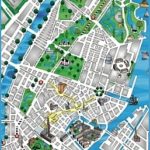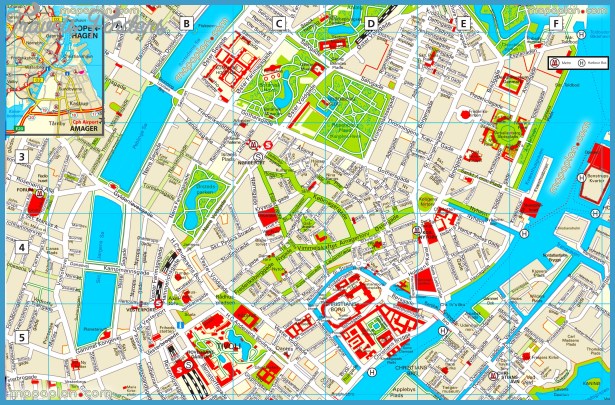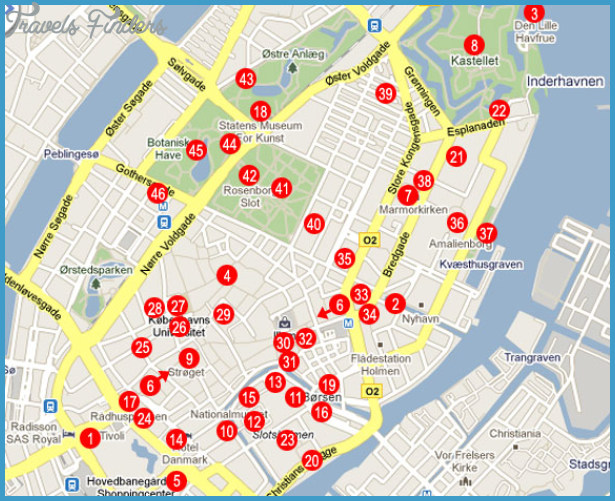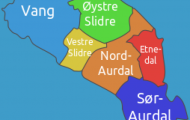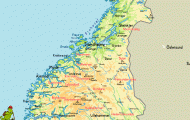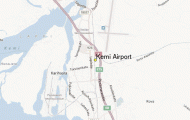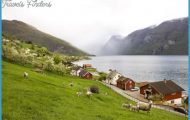Copenhagen’s most charming squares, with brightly coloured old houses, some of them dating from the 18th c. On fine summer days the square is a favourite resort of students, daydreamers and others with time on their hands. From here it is a short distance back to Nytorv by way of Stroget.
Copenhagen Guide for Tourist Photo Gallery
The busy Town Hall Square (Radhus-pladsen), which is due to be replanned, is dominated by the‘Town Hall (Radhus, 1 892-1 905) with a 106 m (350 ft) high tower, is built partly in Italian Renaissance style, partly modelled on medieval Danish architecture. The building is richly adorned with sculpture and painting. Above the main entrance is a figure of Bishop Absalon in gilded copper, and in the Great Hall are busts of the architect who designed the building, M. Nyrop (d. 1921), the sculptor Thorvaldsen (1770-1844), Hans Christian Andersen (1805-75) and the physicist Niels Bohr (1885-1962). The World Clock at the main entrance, which was designed and constructed by Jens Olsen (1 955), shows not only the time and the date but various astronomical constellations. In front of the Town Hall are the Dragon Fountain (1 904) and the Lur-Players (two bronze figures on a stone column 12 m (40 ft) high). The notes ofthe Viking lur are those used as a time signal on Danish radio.
Crossing H. C. Andersens Boulevard, we come first to the new Union of Industrialists building (with the well-known exhibition of Danish design, Den Permanente). Beyond this is the famous amusement park, Tivoli (main entrance in Vesterbrogade), which is best visited in the evening. This festively decorated park, the meeting-place of Copenhageners of all ages, from children to pensioners, and of thousands of visitors, has a unique carefree atmosphere of its own. This cheerful whirl of activity generates a genuine joie de vivre, but without vulgarity or bad taste.
The Tivoli Concert Hall is open throughout the year, the park itself only from May to mid-September. Its attractions include lakes, concerts, variety shows, pantomime, restaurants, cafe, shooting galleries and a great range of other entertainments. Firework displays usually on Wednesdays at 11.45 p.m. Saturdays and Sundays at 11.45 p.m. The park closes at midnight.
Going along H. C. Andersens Boulevard, we pass Tussaud’s Wax Museum and come to Copenhagen’s finest art collection, the Ny Carlsberg Glyptotek, in Dantes Plads. In front ofthe building is the Dante Column, an antique column presented by the city of Rome. The collection was assembled by Carl Jacobsen, a brewer, who bequeathed it to the nation in 1888, together with a substantial sum of money which was used to extend it. The building was erected in two stages, the first part, with three wings and a richly decorated brick fagade on Dantes Plads, in 1892-7, the second part in
Gammel Strand, Copenhagen 1901-6. The central feature is a pillared marble hall in the style of an ancient temple court, lit from the roof.





